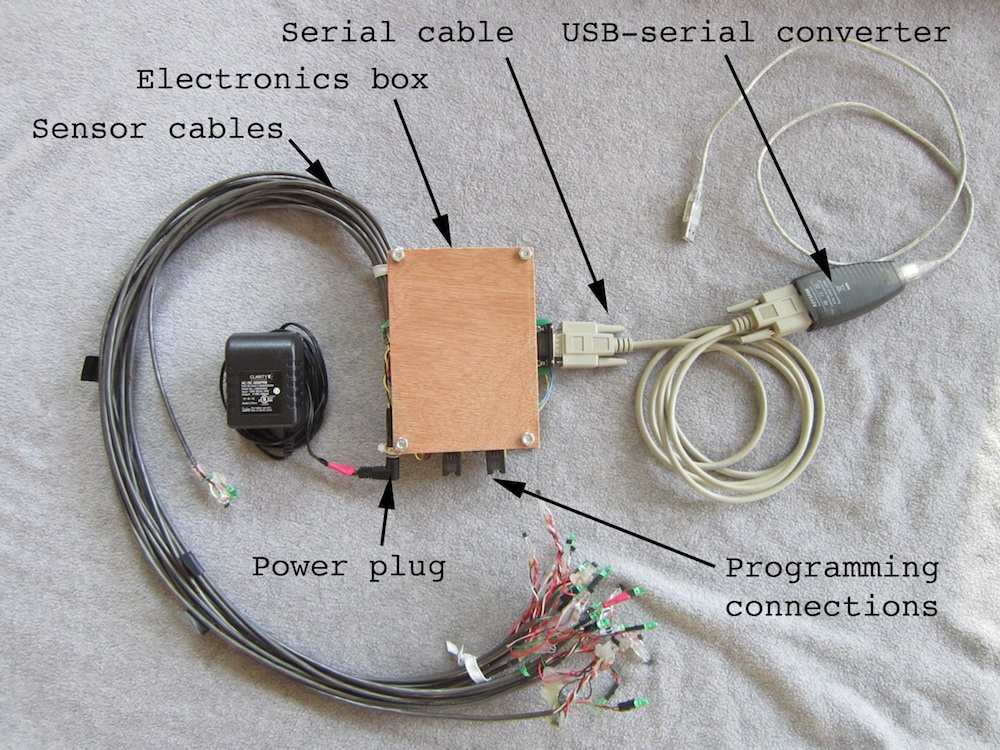
 |
|
|---|---|
 |
 |
Here you will find an ever-increasing list of applications, examples, demonstrations of our hardware, and how to integrate it with other hardware and your projects.
(please bear with us, this page is under construction as we write up more examples)
The origin of the MotoMaster is actually that it was invented out of necessity. Rather, a course was being taught at UCSD in the Mechanical and Aerospace Engineering Department where students were challenged with building robots as part of a senior design competition. The students were destroying too much hardware each quarter and few robots were succeeding. We needed a multiple PWM motor controller capable of interfacing with the Basic Stamp microcontroller, which was the core of the robot electronics. Unfortunately, none were available at the time which could control enough motors, control both DC and steppers, were flexible, robust, and yet simple enough that the hardware could be described to students. Thus the designer, a Teaching Assistant in the course, developed the first version of the MotoMasters. Immediately there was a positive impact on how many robots were completed, as well as how successful they were at achieving their tasks. The primary goal of educating the students and giving them an experience of mastery was achieved, but there was room for improvement. Version 2 and 2.5 were developed, and then something very similar to what the MotoMasters have become was implemented. The MotoMasters were used for several years in the program. Here you will see images, videos, and descriptions of a few robots and contests over the years which used them. |
|---|
(description under construction)
(description under construction)